Facilitate Risk-Taking in the Classroom: Over a Dozen Specific Strategies!
Hopefully, you are familiar with the benefits of encouraging your students to take risks. If not, I encourage you to go back and read my first blog on this month’s topic: Why You MUST Let Your Students Take Risks in the Classroom. If you would like to continue your reading, you can also learn about how to make your classroom a safe environment for your students to take risks. Lastly, you can review a few principles you can use to welcome risk-taking into your classroom.
Throughout this post, we will discuss specific ways you can facilitate risk-taking in your classroom through assignments and “missions.” In general, assignments that are designed to facilitate risk-taking are open-ended and do not require students to know the one right answer.
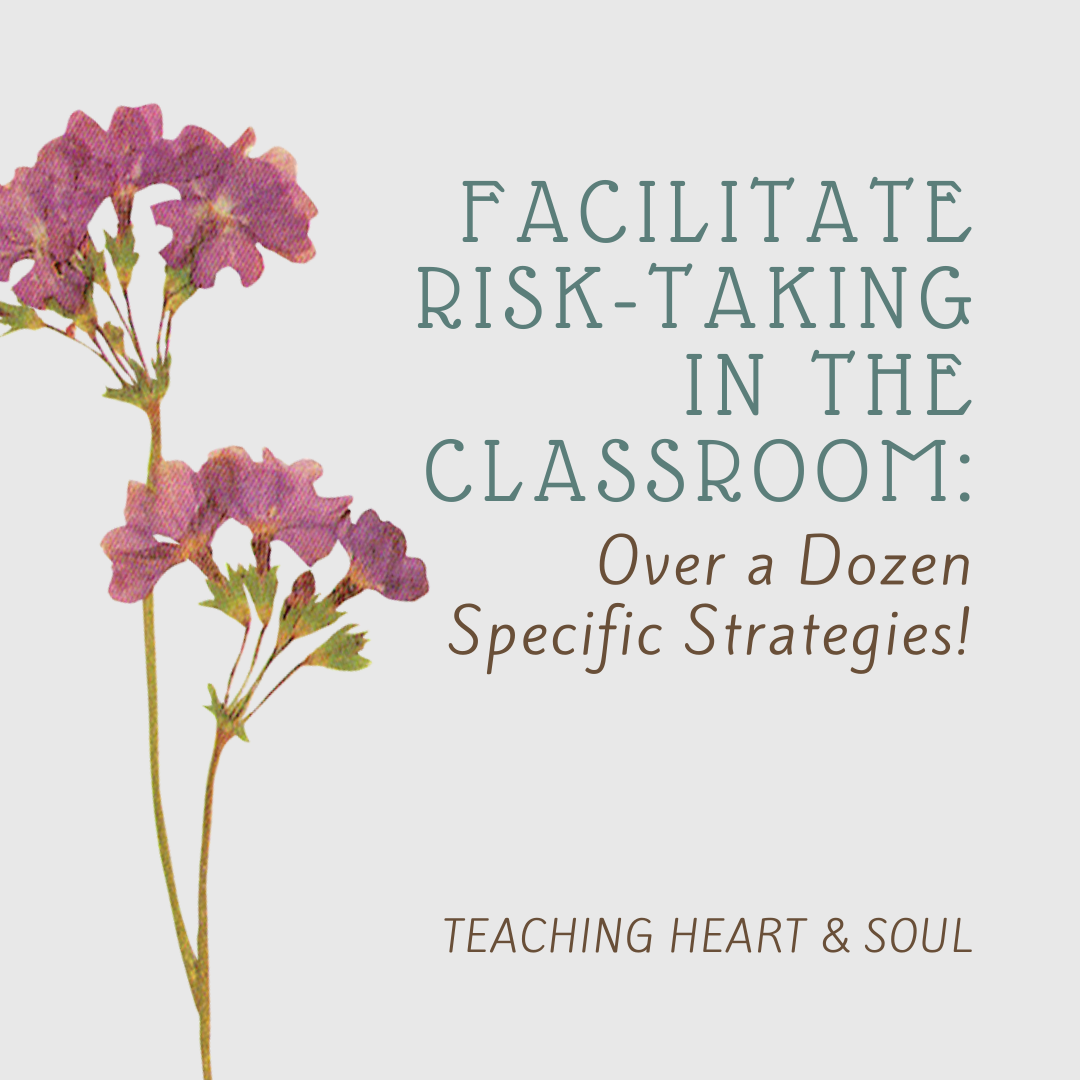
When students take a multiple-choice test, there is no room for error. Consequently, they cannot take risks in this type of situation. Instead, we must present our students with opportunities to test their limits and abilities – opportunities to get creative and try new things without the fear of repercussions.
Here are several assignments you can use with your students that give them opportunities to take risks:
Experiment
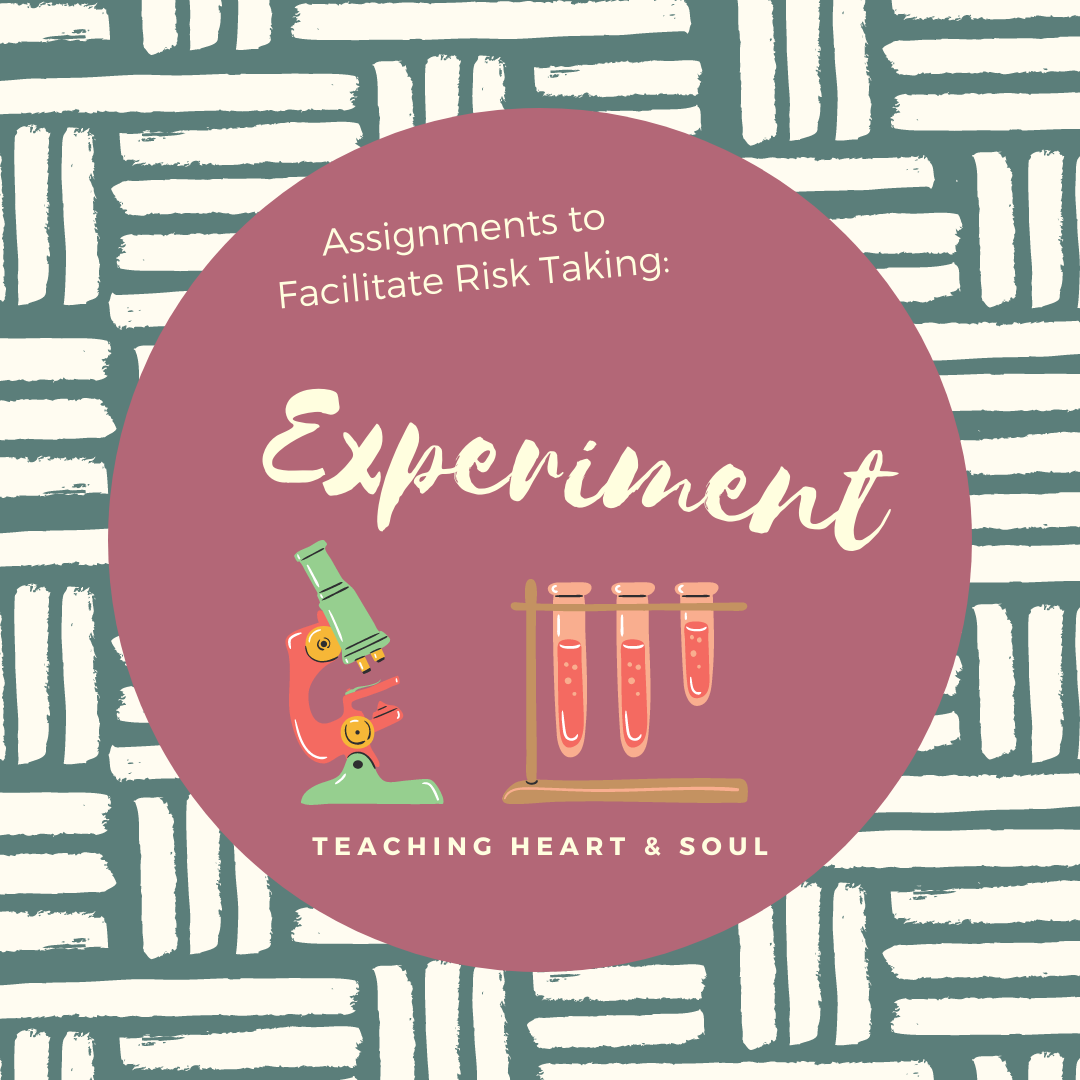
Usually, the “experiments” teachers do in class are not experiments at all. Instead, we go through the motions of an experiment while knowing all along what is going to happen and even tweaking things to make sure we get the outcome we want.
In this case, there is no risk-taking involved – for the student or the teacher!
Instead, consider having your students do an actual experiment. Encourage your students to come up with their own hypothesis to test. Help them collect data and analyze that data to create their own conclusion. If the student makes a mistake, have them try again.
You can also have students take apart an old radio or chair to see how it’s built. Then, have your students try to put the item back together. They may not be able to do it, but that’s okay! Your students are still learning how things work and learning to take risks and make mistakes along the way.
Design
Another way to facilitate risk-taking in your classroom is to have your students design something. Tie in your design activity to virtually any lesson. Have your students design the town they would build if they settled a new land when you teach them about Jamestown. Let your students make their own simple machines in science. Give your students the materials to create their own game as you teach them about the games Native American children played hundreds of years ago. The possibilities are endless.
Code
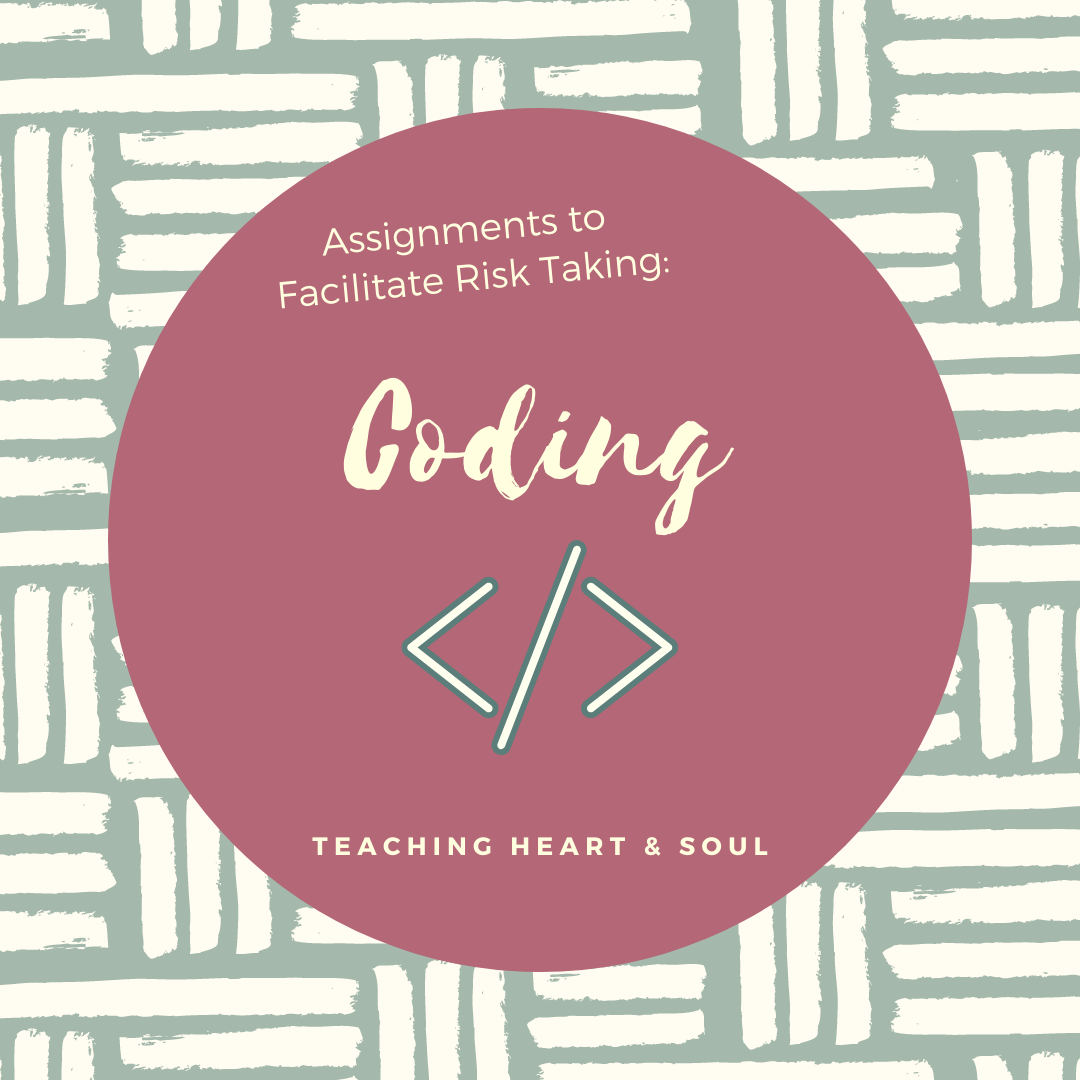
Coding is also a great way to let your students take risks and figure out what works. They can try things and test them out themselves to see what works and what doesn’t. It’s a low-risk way for students to practice trying new things and making mistakes. Coding also gives students immediate feedback so that they can correct their mistakes in the moment and figure out what will work.
Debate
While experimenting, designing, and coding allows students to take risks with things outside of themselves, debate allows students to take risks with their thoughts and ideas. It lets students try out their opinions to see if they make sense and can be supported. Debate gives students the opportunity to see if they can convince others to come to their point of view.

You can include a debate session during social studies. Have your students take the sides of two historical figures and argue their case. You can have your students debate the ethics of specific experiments in science class. You can also use a debate session as an introductory activity to an opinion writing unit.
It’s risky to present your opinion to a group of people, and it can be hard to articulate your opinion in a way that convinces other people to agree with you. During a debate, students will have to see if what they believe and think makes sense. It’s a huge risk to do that in front of others. Because of this, make sure you set expectations during a debate so that your students know that they should be respectful and supportive of their classmates, rather than judgmental and rude.
Project
Another open-ended assignment that allows your students to take risks is a project-based assignment. Again, completing a multiple-choice test leaves no room for error and does not allow students to take risks. Instead, have your students complete a project as a graded assignment.
Give your students guidelines within which to work, but allow your students to take their projects in different directions. For example, you could have your students complete a project after finishing a novel. Tell your students to include the title, author, character, setting, and a summary, but then let your students decide how to put it all together. The only rule is that they have to be creative!
Present

A presentation is another great way to give your students the opportunity to take risks during an assignment. During a presentation, many students will be out of their comfort zones, and they may make mistakes. If you’re already established a safe environment in your classroom for taking risks and making mistakes as discussed in one of my previous posts, your students should feel more comfortable presenting in front of their classmates.
For a presentation, your students will have to prepare their content and determine what is important enough to include. They should also have the opportunity to add a joke or act out a part of their presentation as long as it’s on topic and done appropriately. Encourage your students to take risks and try new things to make their presentations interesting and engaging.
Write
Writing can be an overwhelming skill for students to learn. We teach our students new skills in writing, but they don’t always apply these skills later on. I believe that part of the reason for this is because our students know their work will be graded and they are afraid to leave what is safe by trying new skills.
To avoid this, give your students opportunities to write without being graded so that they can try new skills and ideas. Then, edit your students’ work with them so that they can see what works and what doesn’t. If your students are able to, you can also have them peer edit.
When you give your students opportunities to write without being graded, they are more likely to take risks with their writing. Having a conversation with them about their writing helps them correct their work and figure out how to improve their writing.
Students Become Teachers
When I was in school, there was one particular history class from which I learned the most information. In this class, the teacher hardly taught at all. Instead, she had her students take turns teaching the class. We had to research the topic that was given to us, present a lesson to the rest of the class, and include an activity to reinforce the lesson.

I was in high school for this class, but you can use the same principle for younger students. It may require more scaffolding and support from you as the teacher. Outside of risk-taking, this is just a great teaching strategy to help your students become engaged in the lesson.
As students research their topic, they must decide what is important enough to include in their lesson. They also have to create an activity that goes along with the content of their lesson and is engaging. This requires a lot of thought, and the first few times they teach a lesson, they might not choose an activity that makes sense for the lesson or is fun enough for their friends. If students are able to teach a lesson several times throughout the schoolyear, they can learn from their mistakes and make adjustments for their next lesson.
I’ve mentioned this before, but it’s worth repeating. Make sure your class knows what the expectations are if you go this route. This assignment is difficult and your students may make mistakes when they present and facilitate their activity. Remind your students to encourage their classmates.
Challenge Your Students to Take Risks
In addition to giving your students opportunities to take risks with their assignments, you can also facilitate risk-taking outside of academics.
At the last school I worked at, we had a classroom community block every morning. Other schools have a time in their schedule for character education. These times are great for introducing risk-taking opportunities to your students outside of academics.
If you do not have time carved out for extracurricular activities in your classroom, consider finding ways to tie one of the following “challenges” into a lesson or unit you are already teaching.
We just discussed how to facilitate risk-taking through open-ended activities so that our students can try new things. However, the following “challenges” encourage your students to take risks by doing things they haven’t done before.
Make a New Friend
Making new friends may seem risky to your students, but it is important for them to learn how to do. While some children are more natural at making friends, others struggle with this skill and may be intimidated or overwhelmed. Some students feel perfectly content with the friend group they already have and feel like there is no need to find new friends.
Whatever the case may be with your students, a great way to help your students mix things up and get out of their comfort zones is to find new friends. Challenge your students to make one new friend in the next week. This may be a great thing to do during lunch or recess, when finding partners for a project, or during your classroom community or character education block.
If you do have the opportunity to make this a more explicit “lesson,” consider giving your students tips on how to approach someone new and ask questions to get to know them.
Sit in a New Seat
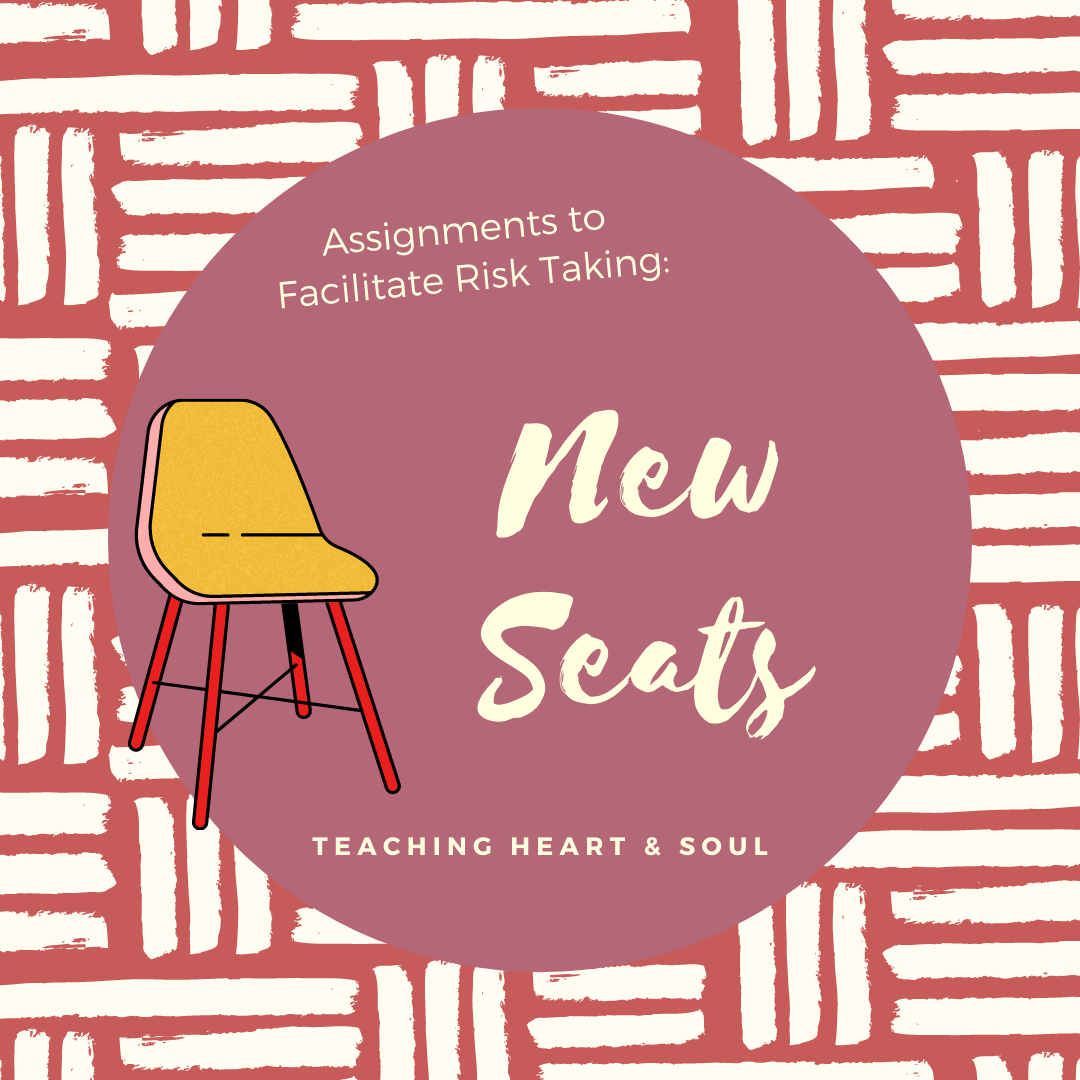
While teachers tend to have a seating chart for the classroom, students are usually allowed to pick their own seats in the lunchroom. However, they tend to sit at the same tables with the same groups of people throughout the school year.
Challenge your students to find a new seat at lunch. It may feel uncomfortable to sit with new people or change the status quo, but it is a manageable risk for your students.
Play a New Game
Another thing you can challenge your students to do is to find a new game to play at recess.
When I was in elementary school, I rotated through 3 activities: handball, tetherball, and kickball. Some of my classmates did other things, like foursquare or soccer, but I never participated in those games. I was afraid to join in with the students I didn’t know, and I felt like I might not do well.
Encourage your students to take risks by challenging them to play a new game during recess at some point during the next week.
Join or Start a Club
Obviously, between the two options, joining a club will be a lot easier than starting one. Encourage your students to find a club or another after-school activity to join. If they joined a club last year, encourage them to find something new that they haven’t done before.
Another option is to have your students (individually or as a group) start a club or another afterschool activity. This may be a great opportunity for students who have already done a variety of afterschool activities, who are not pushed out of their comfort zones by trying a new club, or who are interested in an activity that isn’t already provided by the school.
Before you make this an option for your students, make sure you are willing to put in the time it will take on your end. Students are not able or allowed to do many of the things it takes to start a club. Let them lead it as much as possible, but you will definitely need to be involved. Walk your students through each step: planning, getting materials, facilitating activities, and timing things out. Let your students make mistakes along the way, but be there to help them fix their mistakes and keep going.
Another option is to have your students plan a one-time activity so that the commitment is not as strenuous. You can also have a parent volunteer help out.
Volunteer
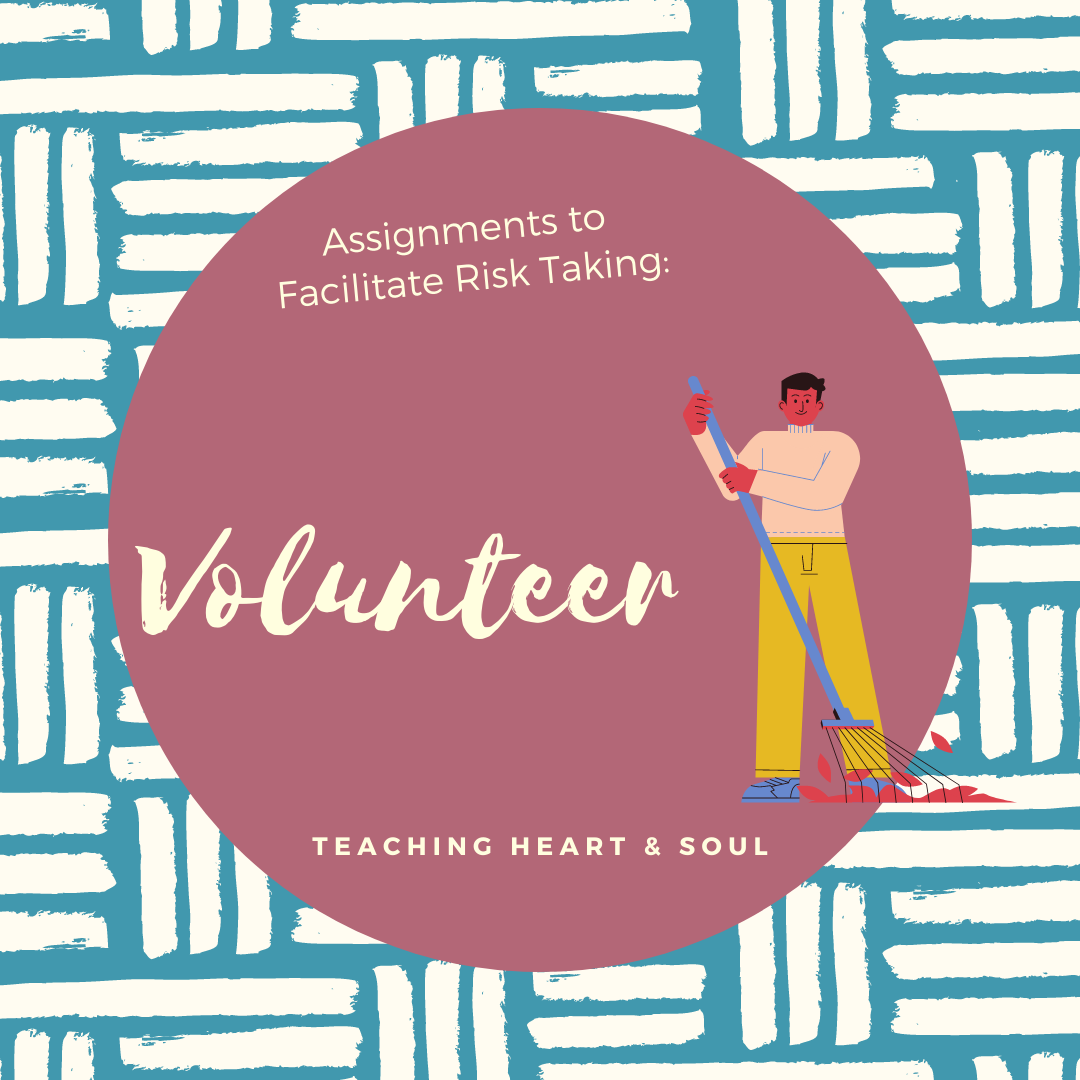
Another great challenge that requires risk is volunteer work. Parents will need to be involved if students volunteer outside of school, but there are a variety of ways students can volunteer at school as well.
Soup kitchens, churches, and nursing homes are great places to start outside of school, but students can also approach the school secretary, office manager, or custodian for volunteer work. Approaching a (safe) adult that your students don’t know well can be intimidating. This alone can be a huge step for your students. On top of this, being asked to do an unfamiliar task is a great learning opportunity.
Conclusion
It can be hard to find meaningful ways to facilitate risk-taking opportunities for your students. However, there are many ideas here to help you start out. After that, you can use these ideas as inspiration for your own opportunities. Just remember to take a step back and let your students try things out for themselves. These suggestions will be unhelpful if you step in and “save” your students from the risks or mistakes involved.
